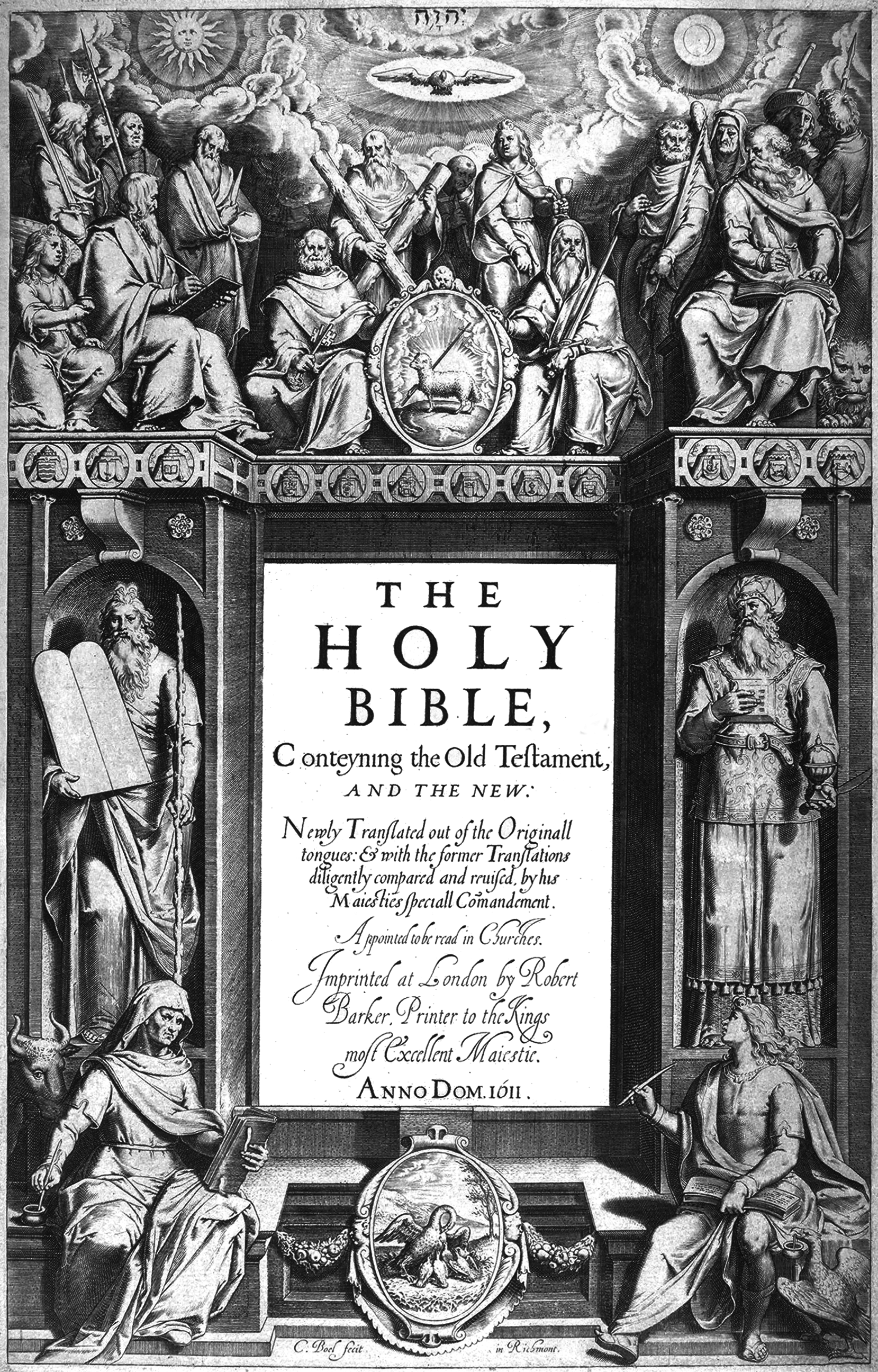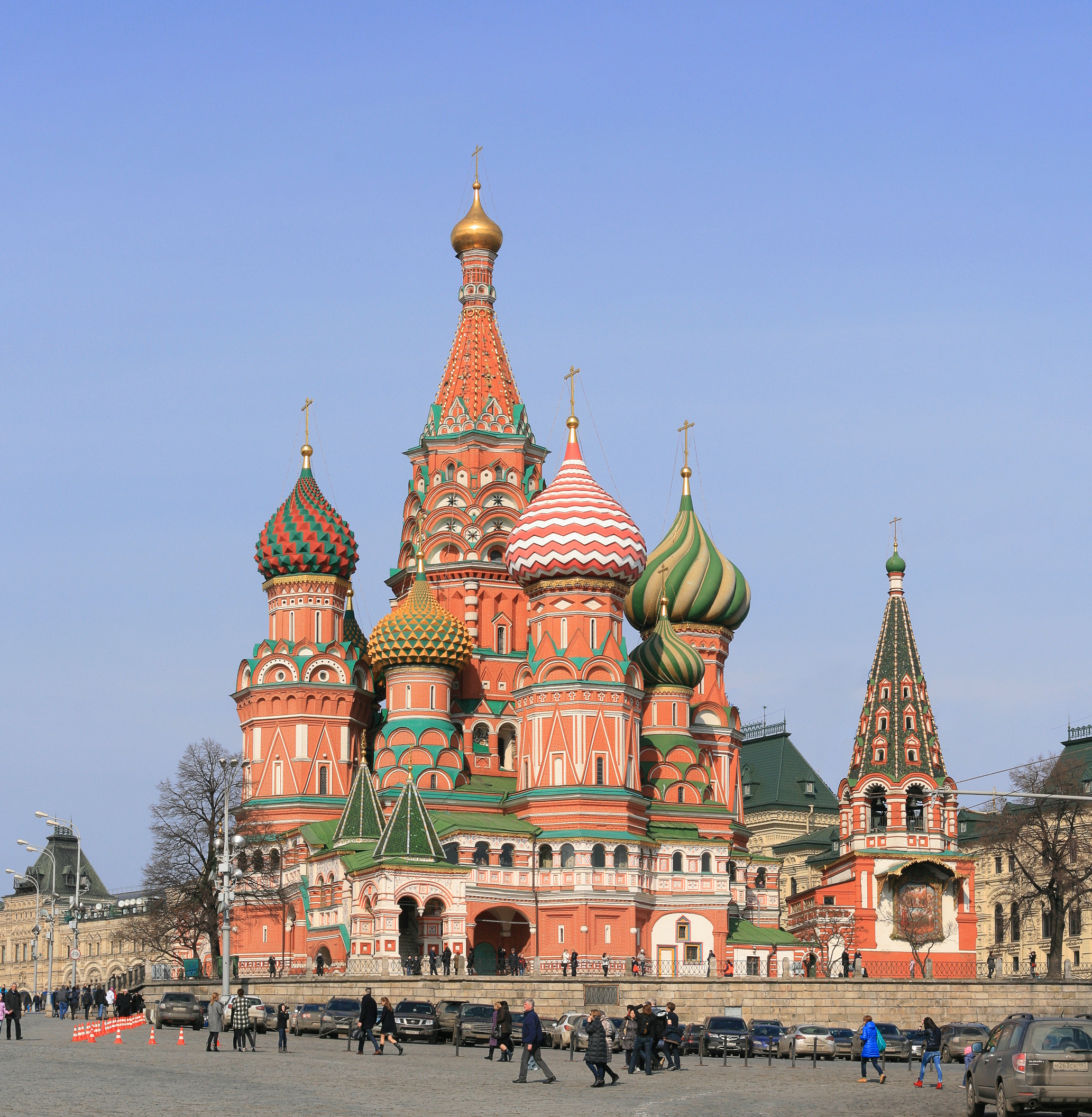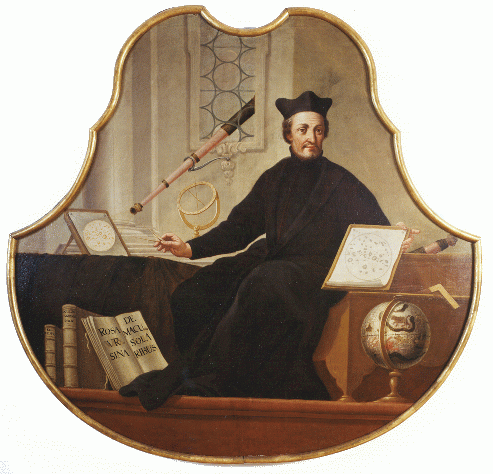|
1611
Events January–March * January 26 – Maximilien de Béthune, Duke of Sully is forced by Queen regent Marie's Regency Council to resign as chief minister of France. He is replaced by Nicolas de Neufville, seigneur de Villeroy. * February 27 – Sunspots are observed by telescope, by Frisian astronomers Johannes Fabricius and David Fabricius. Johannes publishes the results of these observations, in ''De Maculis in Sole observatis'' in Wittenberg, later this year. Such early discoveries are overlooked, however, and the first sighting is claimed a few months later, by Galileo Galilei and Christoph Scheiner. * March 4 – George Abbot is enthroned as Archbishop of Canterbury in England. * March 9 – Battle of Segaba in Begemder: Yemana Kristos, brother of Emperor of Ethiopia Susenyos I, ends the rebellion of Melka Sedeq. * March 19– 20 – The Moscow Uprising, an armed rising of the inhabitants of Moscow in the Tsardom of Russia against ... [...More Info...] [...Related Items...] OR: [Wikipedia] [Google] [Baidu] [Amazon] |
Moscow Uprising (1611)
The Moscow Uprising of 1611 was an armed uprising of the inhabitants of Moscow on March 19–20, 1611 against the troops of the Polish–Lithuanian Commonwealth, who had occupied the city since the fall of 1610. Polish soldiers behaved in Moscow as in a captured city; various incidents occurred regularly. Muscovites especially remembered the desecration of the icon on the Nikolsky Gate, at which a drunk Polish sentry shot, and the massacre in one of the markets, when the dispute over the price between the seller and the Polish soldier escalated into a mass brawl in which the Poles killed 15 Muscovites. By March 19, 1611, the advance detachments of the people's militia, assembled near Ryazan by Prokopy Lyapunov, approached Moscow. The Polish command tried to force the cabbies in the capital to help them prepare the city for defense and to drag the cannons on their sleighs and put them on the walls. Most of them resolutely refused, and those who initially agreed, on the contrary, ... [...More Info...] [...Related Items...] OR: [Wikipedia] [Google] [Baidu] [Amazon] |
Kalmar War
The Kalmar War (1611–1613) was fought between Denmark–Norway and Sweden. Though Denmark-Norway soon gained the upper hand, it was unable to defeat Sweden entirely. The Kalmar War was the last time Denmark-Norway successfully defended its '' dominium maris baltici'' against Sweden, and it also marked the increasing influence of the two countries on Baltic politics. Background Since Denmark–Norway controlled the strait between the Baltic Sea and the North Sea, Sweden sought an alternative trade route through sparsely populated Lapland to avoid paying Denmark's Sound Dues. In 1607, Charles IX of Sweden declared himself "King of the Lapps in Nordland" and began "collecting" taxes in Norwegian territory, even south of Tromsø. Since the Sound Dues were Denmark's main source of income, Denmark-Norway did not want to see alternative trade routes established, particularly when established through Norwegian territory. Denmark-Norway protested. King Charles IX of Sweden ign ... [...More Info...] [...Related Items...] OR: [Wikipedia] [Google] [Baidu] [Amazon] |
George Abbot (bishop)
George Abbot (29 October 15624 August 1633) was an English bishop who was Archbishop of Canterbury from 1611 to 1633. He also served as the fourth chancellor of the University of Dublin, from 1612 to 1633. '' Chambers Biographical Dictionary'' describes him as " sincere but narrow-minded Calvinist". Among his five brothers, Robert became Bishop of Salisbury and Maurice became Lord Mayor of London. He was a translator of the King James Version of the Bible. Life and career Early years Born at Guildford in Surrey, where his father Maurice Abbot (died 1606) was a cloth worker, he was taught at the Royal Grammar School, Guildford. According to an eighteenth-century biographical dictionary, when Abbot's mother was pregnant with him she had a dream in which she was told that if she ate a pike her child would be a son and rise to great prominence. Some time afterwards, she accidentally caught a pike while fetching water from the River Wey, and it "being reported to some gentleme ... [...More Info...] [...Related Items...] OR: [Wikipedia] [Google] [Baidu] [Amazon] |
Polish–Lithuanian Occupation Of Moscow
The Polish–Lithuanian Commonwealth, Polish-Lithuanian Commonwealth occupation of Moscow took place between 1610 and 1612 during the Polish–Muscovite War (1605–1618), Polish intervention in Russia, when the Moscow Kremlin, Kremlin was occupied by the Polish garrison with additional Lithuanian units under the command of hetman Stanisław Żółkiewski and assisted by Russian boyars led by Mikhail Saltykov. The occupation coincided with Russia's Time of Troubles. From March 1611 to the autumn of 1612, the Cossacks of Prince Dmitry Troubetskoy, Dmitry Trubetskoy besieged Moscow and the Polish-Lithuanian forces there. The city was finally liberated by the Second People's Militia, and the date of the capture of Kitay-gorod, Kitay-Gorod is celebrated in modern Russia as the Unity Day (Russia), Day of National Unity on November 4, alongside festivities in honour of Our Lady of Kazan. Żółkiewski in Moscow In October–November 1610, after Tsarist Empire, tsarist troops were def ... [...More Info...] [...Related Items...] OR: [Wikipedia] [Google] [Baidu] [Amazon] |
Johannes Fabricius
Johann Goldsmid, better known by his Latinisation of names, Latinized name Johann(es) Fabricius (8 January 1587 – 19 March 1616), eldest son of David Fabricius (1564–1617), was a Frisians, Frisian astronomer and a modern era discoverer of sunspots in 1611, preceded by Thomas Harriot and followed by Galileo Galilei.Based on text in main reference. Biography Johannes was born in Resterhafe (East Friesland). He studied at the University of Helmstedt, Wittenberg University and graduated from Leiden University in 1611. He returned from university in the Netherlands with telescopes that he and his father turned on the Sun. Despite the difficulties of observing the Sun directly with a telescope, they noted the existence of sunspots, one of the first confirmed instance of such observations telescopically; sunspots had first been identified without telescopes in ancient China and Greece. Johannes first observed a sunspot on February 27, 1611; in Wittenberg in that year he published the ... [...More Info...] [...Related Items...] OR: [Wikipedia] [Google] [Baidu] [Amazon] |
Chief Minister Of France
The chief minister of France or, closer to the French term, chief minister of state (), or prime minister of France were and are informal titles given to various personages who received various degrees of power to rule the Kingdom of France on behalf of the monarch during the ('Old Regime'). The titles were however informal and used more as job descriptions. History Like the title of Chief Minister was unofficial, the monarch maintained all his powers, giving to the Chief Minister the task to make effective his orders. However, during moments where the king was absent from the country, highly sick, indifferent or unfit to govern, the Chief Minister had a strong role, becoming the real mind behind the state's operating. Usually, the Chief Ministers were members of the Conseil du Roi, King's Council (the archaic form of Cabinet (government), cabinet) or high members of the French nobility or the Catholic Church in France, Catholic clergy. From 1661, Louis XIV and his successors ref ... [...More Info...] [...Related Items...] OR: [Wikipedia] [Google] [Baidu] [Amazon] |
Maximilien De Béthune, Duke Of Sully
Maximilien de Béthune Sully, 1st Prince of Sully, Marquis of Rosny and Nogent, Count of Muret and Villebon, Viscount of Meaux (13 December 156022 December 1641) was a French nobleman, soldier, statesman, and counselor of King Henry IV of France. Historians emphasize Sully's role in building a strong, centralized administrative system in France using coercion and highly effective new administrative techniques. While not all of his policies were original, he used them well to revitalize France after the European Religious Wars. Most, however, were repealed by later monarchs who preferred absolute power. Historians have also studied his Neostoicism and his ideas about virtue, prudence, and discipline. Biography Early years He was born at the Château de Rosny-sur-Seine, Château de Rosny near Mantes-la-Jolie into a branch of the House of Bethune, House of Béthune a noble family originating in Artois, and was brought up in the Reformed faith, a Huguenot. In 1571, at the age of ele ... [...More Info...] [...Related Items...] OR: [Wikipedia] [Google] [Baidu] [Amazon] |
Galileo Galilei
Galileo di Vincenzo Bonaiuti de' Galilei (15 February 1564 – 8 January 1642), commonly referred to as Galileo Galilei ( , , ) or mononymously as Galileo, was an Italian astronomer, physicist and engineer, sometimes described as a polymath. He was born in the city of Pisa, then part of the Duchy of Florence. Galileo has been called the father of observational astronomy, modern-era classical physics, the scientific method, and modern science. Galileo studied speed and velocity, gravity and free fall, the principle of relativity, inertia, projectile motion and also worked in applied science and technology, describing the properties of the pendulum and "hydrostatic balances". He was one of the earliest Renaissance developers of the thermoscope and the inventor of various sector (instrument), military compasses. With an improved telescope he built, he observed the stars of the Milky Way, the phases of Venus, the Galilean moons, four largest satellites of Jupiter, Saturn's r ... [...More Info...] [...Related Items...] OR: [Wikipedia] [Google] [Baidu] [Amazon] |
Sunspots On Sun
Sunspots are temporary spots on the Sun's surface that are darker than the surrounding area. They are one of the most recognizable Solar phenomena and despite the fact that they are mostly visible in the solar photosphere they usually affect the entire solar atmosphere. They are regions of reduced surface temperature caused by concentrations of magnetic flux that inhibit convection. Sunspots appear within active regions, usually in pairs of opposite magnetic polarity. Their number varies according to the approximately 11-year solar cycle. Individual sunspots or groups of sunspots may last anywhere from a few days to a few months, but eventually decay. Sunspots expand and contract as they move across the surface of the Sun, with diameters ranging from to . Larger sunspots can be visible from Earth without the aid of a telescope. They may travel at relative speeds, or proper motions, of a few hundred meters per second when they first emerge. Indicating intense magnetic activ ... [...More Info...] [...Related Items...] OR: [Wikipedia] [Google] [Baidu] [Amazon] |
Moscow
Moscow is the Capital city, capital and List of cities and towns in Russia by population, largest city of Russia, standing on the Moskva (river), Moskva River in Central Russia. It has a population estimated at over 13 million residents within the city limits, over 19.1 million residents in the urban area, and over 21.5 million residents in Moscow metropolitan area, its metropolitan area. The city covers an area of , while the urban area covers , and the metropolitan area covers over . Moscow is among the world's List of largest cities, largest cities, being the List of European cities by population within city limits, most populous city entirely in Europe, the largest List of urban areas in Europe, urban and List of metropolitan areas in Europe, metropolitan area in Europe, and the largest city by land area on the European continent. First documented in 1147, Moscow became the capital of the Grand Principality of Moscow, which led the unification of the Russian lan ... [...More Info...] [...Related Items...] OR: [Wikipedia] [Google] [Baidu] [Amazon] |
Tsardom Of Russia
The Tsardom of Russia, also known as the Tsardom of Moscow, was the centralized Russian state from the assumption of the title of tsar by Ivan the Terrible, Ivan IV in 1547 until the foundation of the Russian Empire by Peter the Great in 1721. From 1550 to 1700, Russia grew by an average of per year. The period includes the Time of Troubles, upheavals of the transition from the Rurik Dynasty, Rurik to the House of Romanov, Romanov dynasties, wars with the Polish–Lithuanian Commonwealth, Swedish Empire, Sweden, and the Ottoman Empire, and the Russian conquest of Siberia, to the reign of Peter the Great, who took power in 1689 and transformed the tsardom into an empire. During the Great Northern War, he implemented government reform of Peter I, substantial reforms and proclaimed the Russian Empire after Treaty of Nystad, victory over Sweden in 1721. Name While the oldest Endonym and exonym, endonyms of the Grand Principality of Moscow used in its documents were "Rus'" () and ... [...More Info...] [...Related Items...] OR: [Wikipedia] [Google] [Baidu] [Amazon] |
Christoph Scheiner
Christoph Scheiner (25 July 1573 (or 1575) – 18 June 1650) was a Jesuit priest, physicist and astronomer in Ingolstadt. Biography Augsburg/Dillingen: 1591–1605 Scheiner was born in Markt Wald near Mindelheim in Swabia, earlier margravate Burgau, possession of the House of Habsburg. He attended the Society of Jesus, Jesuit St. Salvator Grammar School in Augsburg from May 1591 until 24 October 1595. He graduated as a "rhetor" and entered the Jesuit Order in Landsberg am Lech on 26 October 1595. At the local seminary, he served his biennial novitiate (1595–1597) under the tutelage of Novice Master Father Rupert Reindl Society of Jesus, SJ. From 1597 to 1598, he finished his lower studies of rhetoric in Augsburg. He took his first vows before Father Melchior Stör, SJ and received the minor orders from the Augsburg suffragan bishop Sebastian Breuning (bishop), Sebastian Breuning. He spent the years 1598–1601 in Jesuit College of Ingolstadt, Ingolstadt studying philosophy (meta ... [...More Info...] [...Related Items...] OR: [Wikipedia] [Google] [Baidu] [Amazon] |





